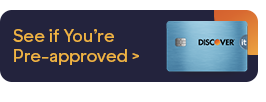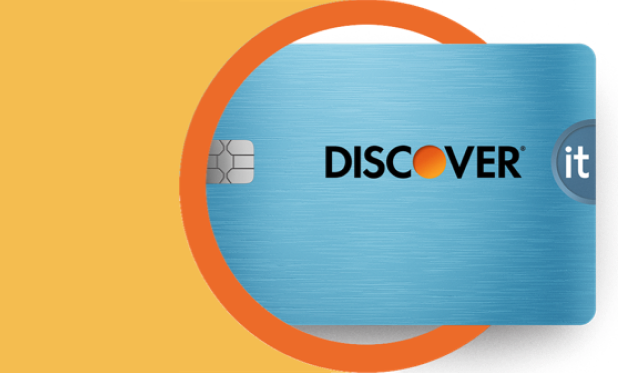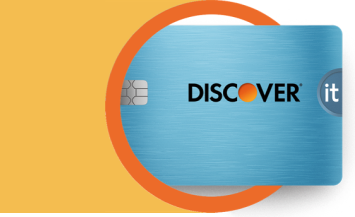In recent years, information security and identity theft have become top headlines in the news. And no wonder—data provided by the Federal Trade Commission (FTC) shows that Americans lost more than $10 billion to fraud in 2023. That’s a 14% increase from losses in 2022.
Here are three ways you can protect your sensitive information from credit card fraud schemes and identity thieves.

Three Easy Ways to Help Protect Yourself from Fraud and Identity Theft
2 min read
Last Updated: September 24, 2025
Next steps

See if you're pre-approved

View all Discover credit cards
See rates, rewards and other info
You may also be interested in
Was this article helpful?
Was this article helpful?




